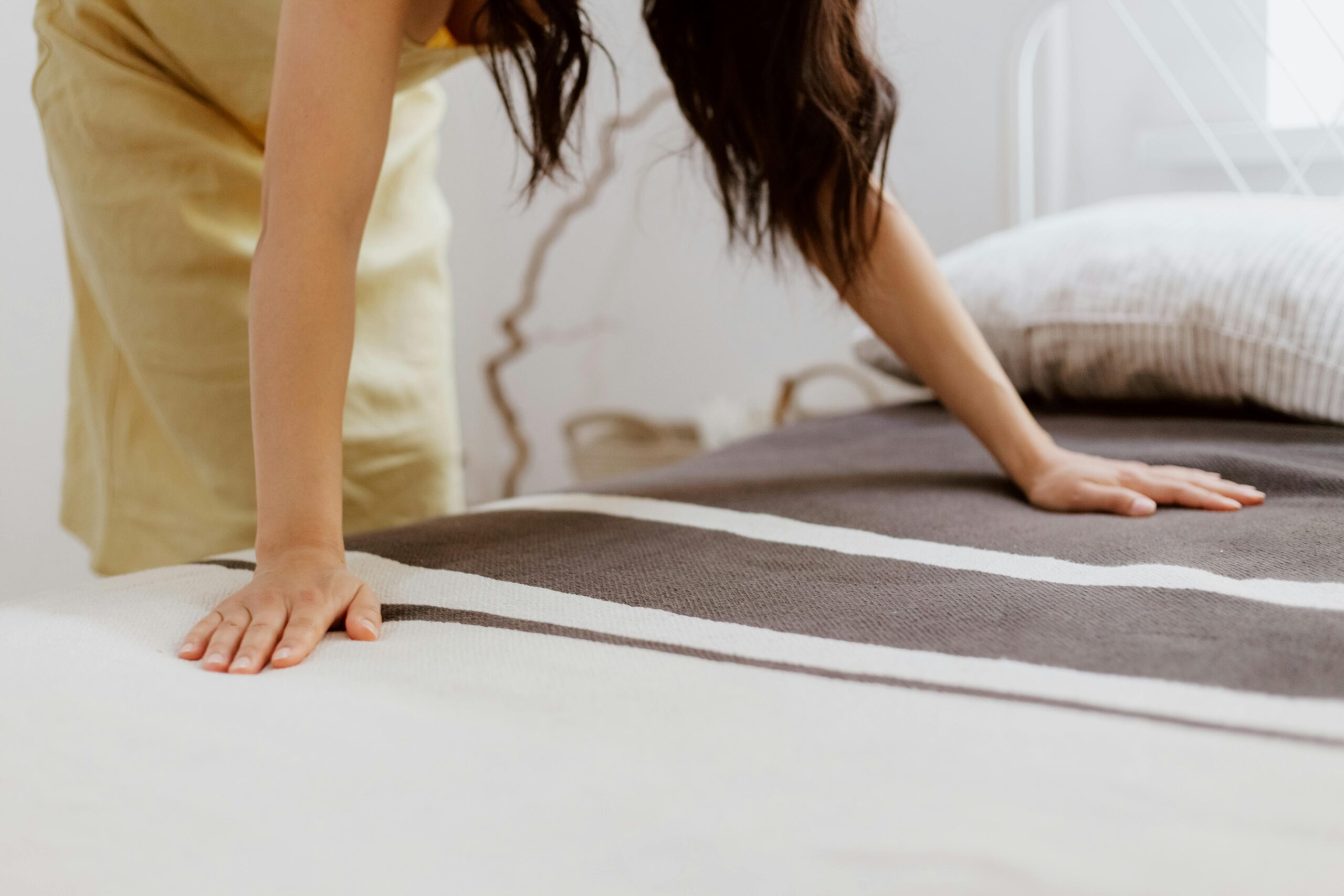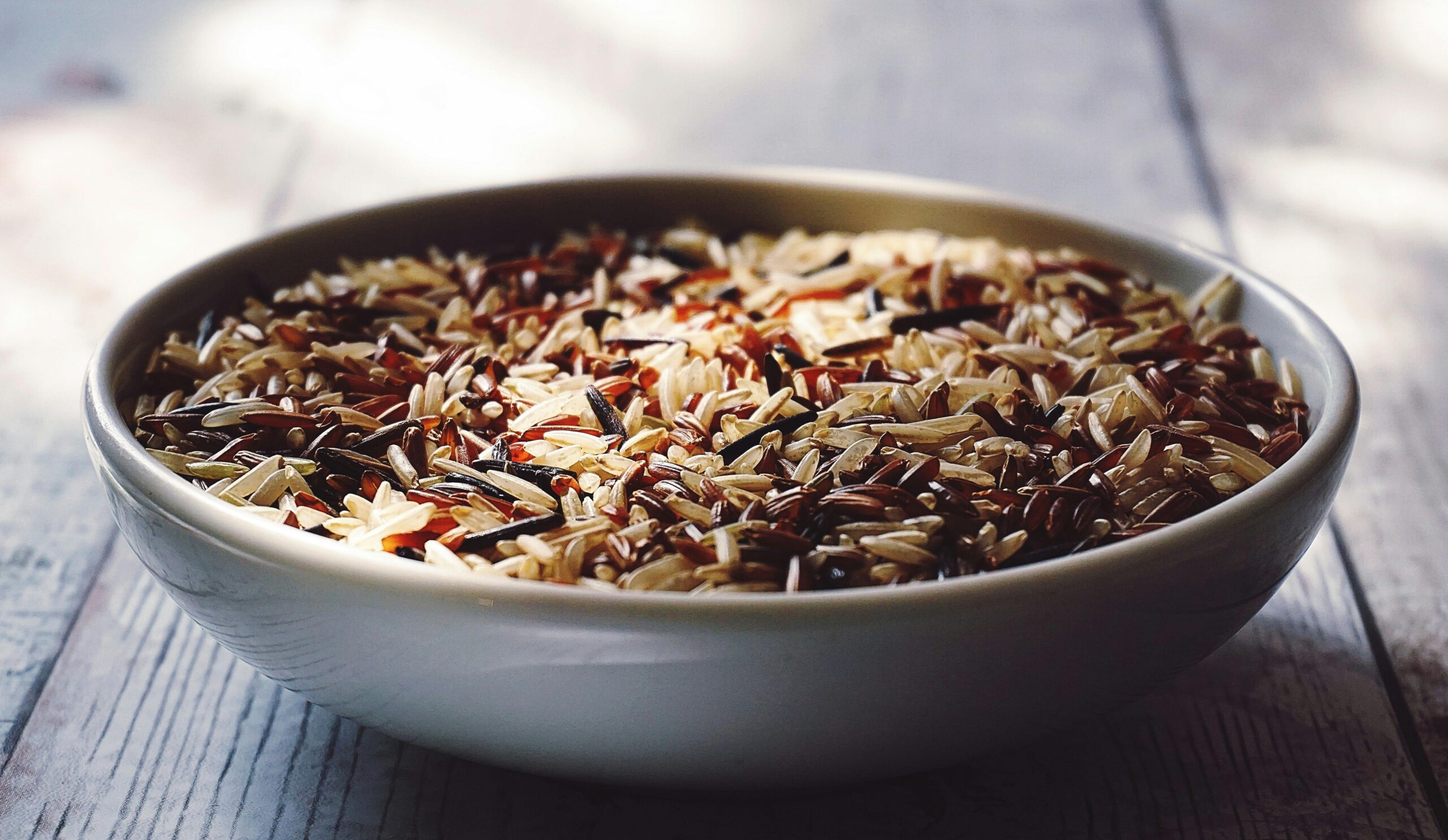Most of us wash, fold, and replace our bed sheets without thinking twice. But behind every soft sheet is a story of water, energy, and carbon. The simple act of swapping or rethinking how you wash your sheets can turn bedtime comfort into a small but powerful action for the planet.
This week’s five-minute challenge: take one small step toward sustainable bedding. Whether it’s switching to an eco-friendly fabric, changing your washing routine, or giving old sheets a second life—you’ll be directly supporting SDG 12: Responsible Consumption and Production.
Why It Matters — The Data
- It takes about 2,700 litres of water to produce one cotton T-shirt—roughly the amount one person could drink in nearly two and a half years. (Source: “Cotton’s Water Footprint: How One T-Shirt Makes A Huge Impact On The Environment” – Better Cotton / WWF)
- About 60 % of all textiles are made from synthetic fibers like polyester, which contribute to 35 % of global microplastic pollution when washed. (Source: UNEP – Putting the Brakes on Fast Fashion)
- Washing clothes in cold water instead of hot can cut energy use dramatically because water heating accounts for about 90% of a washer’s energy. (Source: EPA — WaterSense at Work: Laundry Equipment (May 1, 2023))
- Extending the life of clothing by just nine extra months can reduce carbon, water, and waste footprints by up to 20%, saving resources and reducing impacts. (Source: WRAP – Extending Product Lifetimes: WRAP’s Work on Clothing Durability)
Our sheets may seem trivial—but together, our small choices in the laundry room or the store shape a much larger story of global consumption.
The 5-Minute Action: “Swap or Save”
You don’t need to overhaul your bedroom—just one mindful change can make a difference:
- Swap your sheets for an eco-friendlier set when it’s time for new ones. Look for organic cotton, bamboo, or linen certified by GOTS, OEKO-TEX, or Fair Trade.
- Wash smarter. Use cold water and full loads. This saves energy and reduces microfiber shedding.
- Skip or smart-use the dryer. A single dryer cycle emits around 1.5 kg of CO₂. In warm, dry, or breezy climates, hang your sheets outdoors or near a sunny window to air-dry naturally—it freshens fabrics and costs nothing. In humid or cold regions, consider part-drying in a dryer for 10 minutes to soften, then air-finish indoors on a rack. Even partial air-drying can halve dryer time and energy use.
- Give old sheets a second life. Turn them into cleaning cloths, pet bedding, or donate to animal shelters.
- Set a reminder. Each time you change your sheets, take five minutes to reflect on one new way to make your household routine more sustainable.
Why It Works
This action is about progress, not perfection. Every fabric choice, every wash setting, and every reuse decision adds up. By making your bed a little greener, you’re directly reducing waste, water use, and emissions—all while keeping comfort intact. Once you make this change, it becomes effortless.
The Ripple Effect
If just 1,000 households adopt sustainable washing or sheet-swapping habits, they could save over 2.7 million liters of water and 90,000 kWh of energy each year. That’s enough to power 10 homes or supply drinking water for hundreds of people.
Small choices truly add up—and your bed might just be the easiest place to start.
Conclusion
Sustainability doesn’t have to mean sacrifice—it can start with something as ordinary as your bed sheets. The next time laundry day comes around, take a few minutes to make one conscious swap. Cleaner sheets, cleaner conscience, cleaner planet.
Your small action matters—sleep easy knowing it does.




